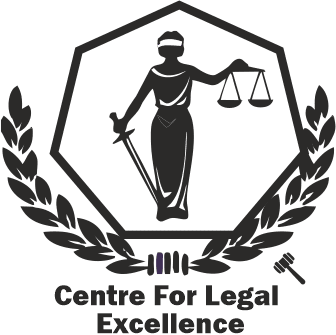Intellectual property rights law is a complex area of law that deals with the protection of creative and innovative works, such as inventions, literary and artistic works, symbols and designs, and other forms of expression. The purpose of intellectual property rights is to encourage and reward innovation and creativity, and to prevent unauthorized use of these works by others.
Intellectual property law is divided into several different areas, including copyright law, patent law, trademark law, and trade secret law. Copyright law provides protection for literary and artistic works, such as books, music, and films. Patent law provides protection for inventions, including products and processes. Trademark law provides protection for brand names, logos, and symbols. Trade secret law provides protection for confidential business information.
The process of obtaining intellectual property protection involves applying for a patent, trademark, or registration of a copyright. It is important to note that intellectual property rights are territorial in nature, meaning that protection is limited to the jurisdiction in which the application is made.
Intellectual property infringement occurs when someone uses a protected work without the authorization of the rights holder. This can take many forms, such as copying a work, selling counterfeit products, or using a protected trademark. Intellectual property rights holders have the right to take legal action against those who infringe their rights, including filing lawsuits or seeking damages.
Intellectual property rights can also be licensed, allowing others to use the work in exchange for compensation. This can include licensing the use of a patented invention or the rights to use a copyrighted work. Licensing agreements can also include restrictions on how the work can be used, such as geographical limitations or the requirement to include the rights holder’s name.
Intellectual property disputes are common, and often involve questions about the validity of intellectual property rights, the scope of protection, or the interpretation of licensing agreements. These disputes can be resolved through a range of legal mechanisms, including negotiation, arbitration, or litigation.
Keywords: Intellectual property, copyright law, patent law, trademark law, trade secret law, intellectual property infringement, IP protection, licensing, IP disputes
References:
- “Intellectual Property.” World Intellectual Property Organization, www.wipo.int/intellectual-property/.
- “Patent Law.” United States Patent and Trademark Office, www.uspto.gov/patents-getting-started/general-Information/Patent-Law.
- “Trademark Law.” United States Patent and Trademark Office, www.uspto.gov/trademarks-getting-started/trademark-basics/trademark-law.
- “Copyright Law.” U.S. Copyright Office, www.copyright.gov/title17/.
- “Trade Secret Law.” National Conference of State Legislatures, www.ncsl.org/research/business-and-economic-development/trade-secret-law.aspx.
